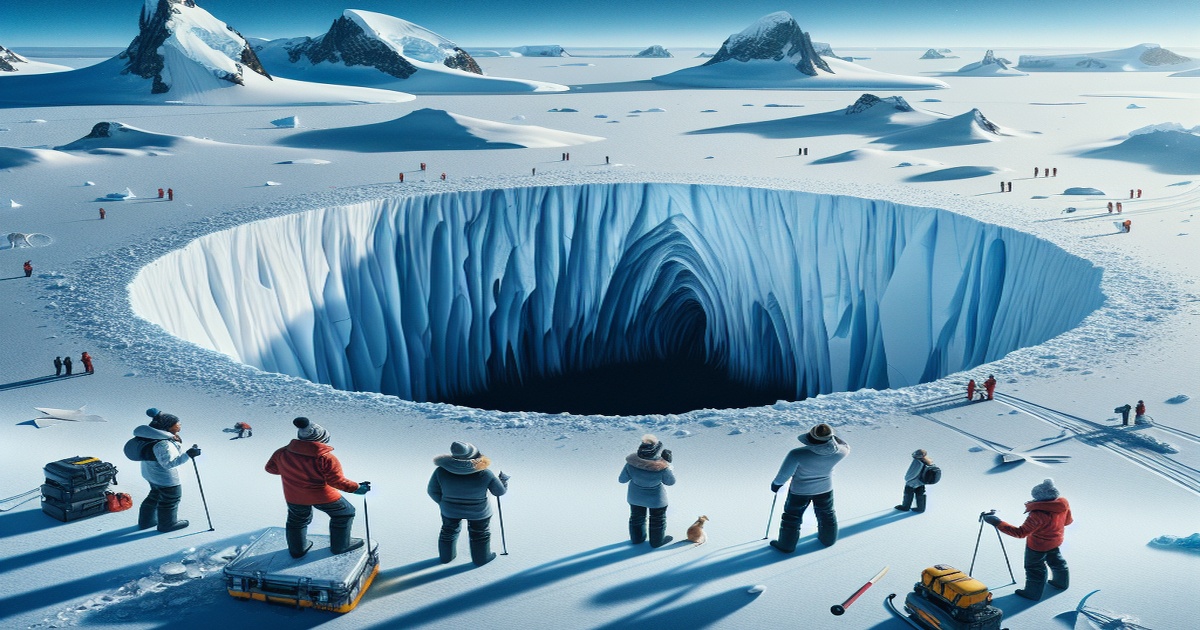A team of researchers from the University of Southampton, the University of Gothenburg, and the University of California San Diego have revealed the secrets behind the Maud Rise polynya, a large hole in the Antarctic sea ice that appeared not once but twice, growing to the size of 80,000 square kilometers in winter 2017. This phenomenon had puzzled scientists due to its significant size, occurring in an area over the open ocean far from the coast where sea ice does not typically break. By studying the interactions between wind, ocean currents, and the unique underwater geography of the Weddell Sea, the researchers uncovered how heat and salt were transported to the surface, leading to the formation and persistence of the polynya.
The Maud Rise polynya, named after a submerged mountain-like feature in the Weddell Sea, presented a challenge for researchers to understand how it could defy the norm of sea ice formations over the open ocean. The team found that the polynya was triggered by a complex interplay of factors, including strong coastal winds that push the ice away in coastal areas and a deep layer of warm, salty water rising due to a strengthened circular ocean current around the Weddell Sea. This upwelling facilitated the mixing of salt and heat toward the surface, but it was the additional process of 'Ekman transport' moving salt onto the sea mount that sustained the balance of salt and heat, allowing the polynya to persist.
The study utilized a combination of remotely sensed sea ice maps, observations from autonomous floats and tagged marine mammals, and a computational model of the ocean's state to piece together the puzzle of the Maud Rise polynya. Researchers like Aditya Narayanan and Fabien Roquet highlighted how this discovery not only sheds light on the formation of polynyas but also emphasizes their significant role in transferring heat and carbon between the ocean and the atmosphere, ultimately impacting the region's heat and carbon budget.







5 Comments
AlanDV
I'm glad to see researchers focusing on lesser-known aspects of our planet's natural systems.
Vladimir
The discovery of the Maud Rise polynya adds to our knowledge of the Antarctic region and its unique geography.
BuggaBoom
This type of research is just another example of academics being out of touch with reality.
Noir Black
Kudos to the researchers for their dedication and hard work in uncovering the secrets of the polynya.
Muchacho
This study highlights the importance of interdisciplinary research in tackling complex environmental issues.